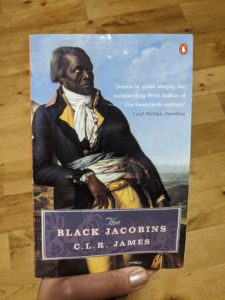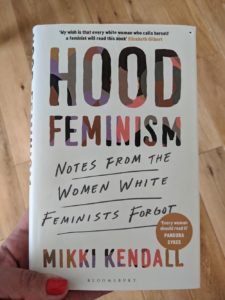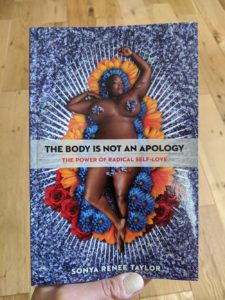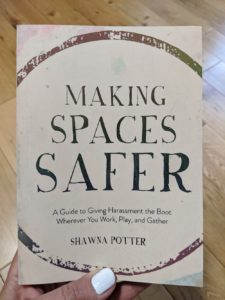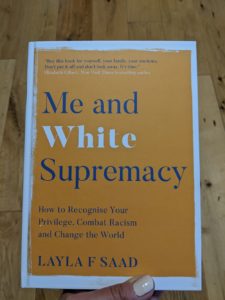Wow, No Thank You by Samantha Irby
Written by Ashley Kelmore, Posted in Reviews
Best for:
Anyone who enjoys clever, interesting essays that will make them laugh.
In a nutshell:
Author Irby is back with her third collection of essays, which cover what her life is like these days, as well as just some hilariously repetitive takes on the exact same phrase.
Worth quoting:
“Sure, sex is fun, but have you ever used a really absorbent towel?”
Why I chose it:
I was looking for a book to listen to while running, and realized I both hadn’t yet read this one AND it was read by the author.
Review:
Usually when I go for runs I listen to the podcast versions of four of the MSNBC weeknight shows so I can stay up with what’s going on back in the US. But it can be super depressing these days, and not exactly motivational when one is training for a half marathon. So I decided for the last few runs leading up to my ‘race’ this week (and by race, I mean I just ran 13.1 miles one morning because the Edinburgh half was once again postponed) I wanted something funny, that could make the time go quickly and also could keep me entertained.
I chose … wisely.
I appreciate Irby’s writing style. She’s honest and self deprecating, but not in the sort of way where one thinks she’s trying to get pity. She’s just clear about how she is, what she likes, and what she doesn’t. She’s not insulting to others who might do things differently – she just lives her life, while telling stories about all the shit in it that has gone wrong (and, occasionally, right).
I definitely like her storytelling, but I also found that some of my favorite chapters and moments in the book were when she would follow a theme and provide just a bunch of funny one-liners. An entire chapter is just, what, like 100 versions of ‘Sure, sex is fun but…’ followed by a lot of mundane yet awesome things. Another chapter is just her repeated saying ‘Hello, 911?’, followed by a problem or situation one definitely should not call 911 about, but secretly people might want to (and actually would just as well if it were ‘Hello, 411?’, though she probably figured that much of her audience wouldn’t remember what 411 even was). Even in a chapter about some issues she had with her uterus, the list of things she would rather do than keep it had me in tears of laughter.
I can definitely see myself listening to this one again.
Keep it / Pass to a Friend / Donate it / Toss it:
Keep it (but I’ll recommend it to friends too)

